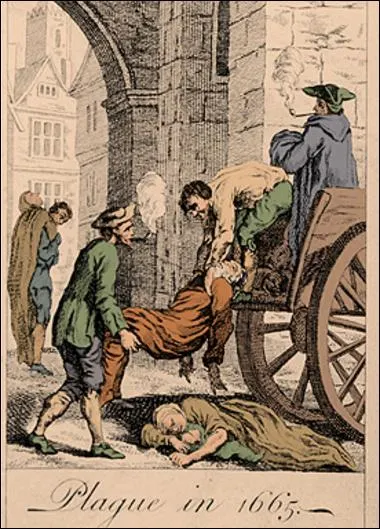A Pox On You

The first in a series of 4 blogs continue by clicking to post 2 at the bottom
‘A Pox on you’ and ‘a plague on both your houses’ are expressions that come to mind at times like this. It has been 100 years since the world experienced its last great pandemic.
I have spoken of it on numerous occasions during the last thirty years of my ‘Tour Directing’ career, and yet ‘The Spanish Flu’ seems to have taught us, as a planet population, little, when it comes to dealing with the latest plague.
One of the earliest proven epidemics came to light not so long ago. Earlier this year, DNA analysis from the teeth of a Neolithic woman found in Sweden seems to point to Yersinia Pestis (YP). This is a bacterial infection that may well have been responsible for a contemporary catastrophic collapse of Stone Age civilisation across Europe. Interestingly, this was at the time of the very first mega-settlements between 5000 and 5700 years ago. These Settlements were made up of between ten and twenty thousand inhabitants and this undoubtedly allowed the infection to spread rapidly.
In 541AD, the earliest recorded pandemic took place - Justinian's Plague. This has also been proven to be a strain of YP. And nowadays YP is better known as ‘The Black Death'.
It spread from Roman Egypt around the entire Mediterranean Basin, throughout Europe, the Near East, and the Roman Empire. The capital, Constantinople or Istanbul as it’s better known today, was badly affected. Wikipedia would have you believe it ended in 549, but modern research suggests its effects lasted 200 years and was eventually responsible for the death of 25 million people.
In the 14th century, Bubonic Plague or The Black Death was responsible for wiping out 50% of the English population and also between 30% and 60% of Europe! This was, without doubt, the greatest death toll in the history of mankind - an estimated 350 - 375 million people. Further ‘joyful’ stats seem to show that YP has been responsible for up to 450 million deaths in total.

Fortunately for us, Coronavirus is what it says ‘it is on the tin’ - a virus, not a bacteria. The Donald tells us that it is a ‘clever germ’. He’s right and he’s wrong. It is clever in that it is hard to beat. But a germ, it is not! It is not as dangerous as bacteria, which of course, is a germ. However, don’t treat this thing lightly!
Either way, history shows us that all pandemics and more local epidemics are caused by the movement of people. The migrations of Neolithic Man across Europe, the trading nations of the late Roman Empire sending their merchants and sailors far and wide across the European arena, and the movement of people between villages, all helped to spread The Plague. In all probability, it started in China and was carried along the ‘Silk Road’ with silks and spices throughout the 1340s.
As an aside, it is worth mentioning here that earlier, Cambridge University was founded entirely by accident, because of fear of the Plague. In 1209 the lynching of two scholars, accused of involvement in the murder of a local woman, created tensions between ‘Town and Gown’. Life was very uncomfortable for many scholars and so some decided to leave and pursue their studies elsewhere. They travelled 90 miles to Stamford, a walled town and a monastic seat of learning. Word of their imminent arrival arrived before they did, along with the rumour that they had left Oxford because of a Plague outbreak. The inhabitants of that learned town closed their gates to the Oxford men and forced them to ‘divert’ a further 48 miles to a greenfield site. Here they could throw a bridge over the twisting river, The Cam, named from the Saxon word meaning twisted or crooked. And so, they founded England’s second University.


